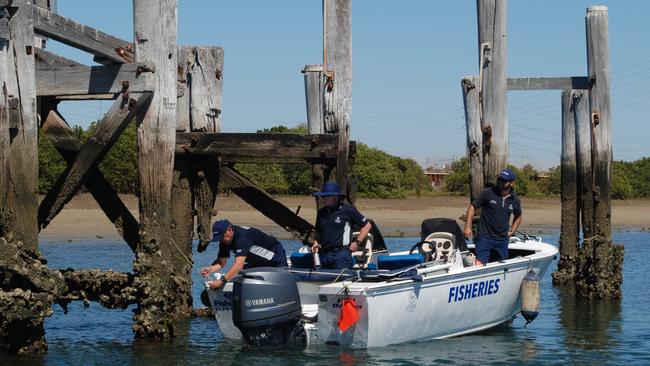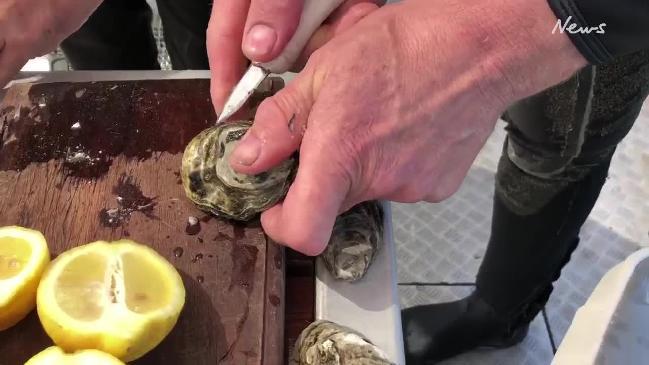Pacific oyster mortality syndrome outbreak in South Australian waters prompts boat ban to commercial oyster growing regions
COMMERCIAL boats from Adelaide’s Port River are banned from travelling to two popular tourist areas, as a precaution to stop a deadly oyster virus spreading.

SA Business
Don't miss out on the headlines from SA Business. Followed categories will be added to My News.
THE threat of the deadly oyster virus escaping from the Port River and devastating the state’s $37 million industry has prompted a travel ban on commercial boats.
Vessels moored in the river in the past two months have been temporarily banned from travelling near Yorke Peninsula and Kangaroo Island oyster growing regions.
The measure is to stop any risk of the Pacific Oyster mortality syndrome virus from spreading to the state’s eight commercial growing regions.
Primary Industries and Regions SA fisheries and aquaculture executive director Sean Sloan stressed it was a precaution and the virus, at this stage, was contained.
“We’ve done quite a lot of checking of commercial vessels moored in Port River and put the temporary closure around the two nearest growing regions,” Mr Sloan said.
“We think it’s low risk, but it is an additional cautionary measure while we go through the process of removing feral oysters from the river.”
The move comes after a statewide ban was implemented on the industry’s 100 oyster farmers from moving oysters between growing regions and out of hatcheries.

Boaties and fishers have also been banned from removing any oysters, mussels and cockles from the Port River, including for bait and berley.
POMS was discovered in feral Pacific oysters for the first time in SA waters during routine surveillance of the Port River on February 28.
Fisheries officers have since worked daily to rid the river of oysters, many of which have died as a result of the virus that causes rapid and high mortality rates in Pacific oysters.
Mr Sloan said the main focus of fisheries officers was sampling and testing in growing regions and spat (oyster larvae) hatcheries.
“We’re prioritising the hatcheries at the moment because we want to make sure the industry gets back to normal and spat can be put back into the growing regions,” he said.
“We haven’t had any mortality in the growing regions and there is no clinical signs of the disease of being present.
“As we get results through, we hope to get the industry back to normal in next two to three weeks.”
SA, which produces 55 per cent of the nation’s Pacific oysters, had been the only POMS-free state. Mr Sloan said all oysters for sale were safe to eat and the virus posed no threat to people. Recreational boaties in the river could help stop the spread of the disease by cleaning boats with household detergent, he said.


